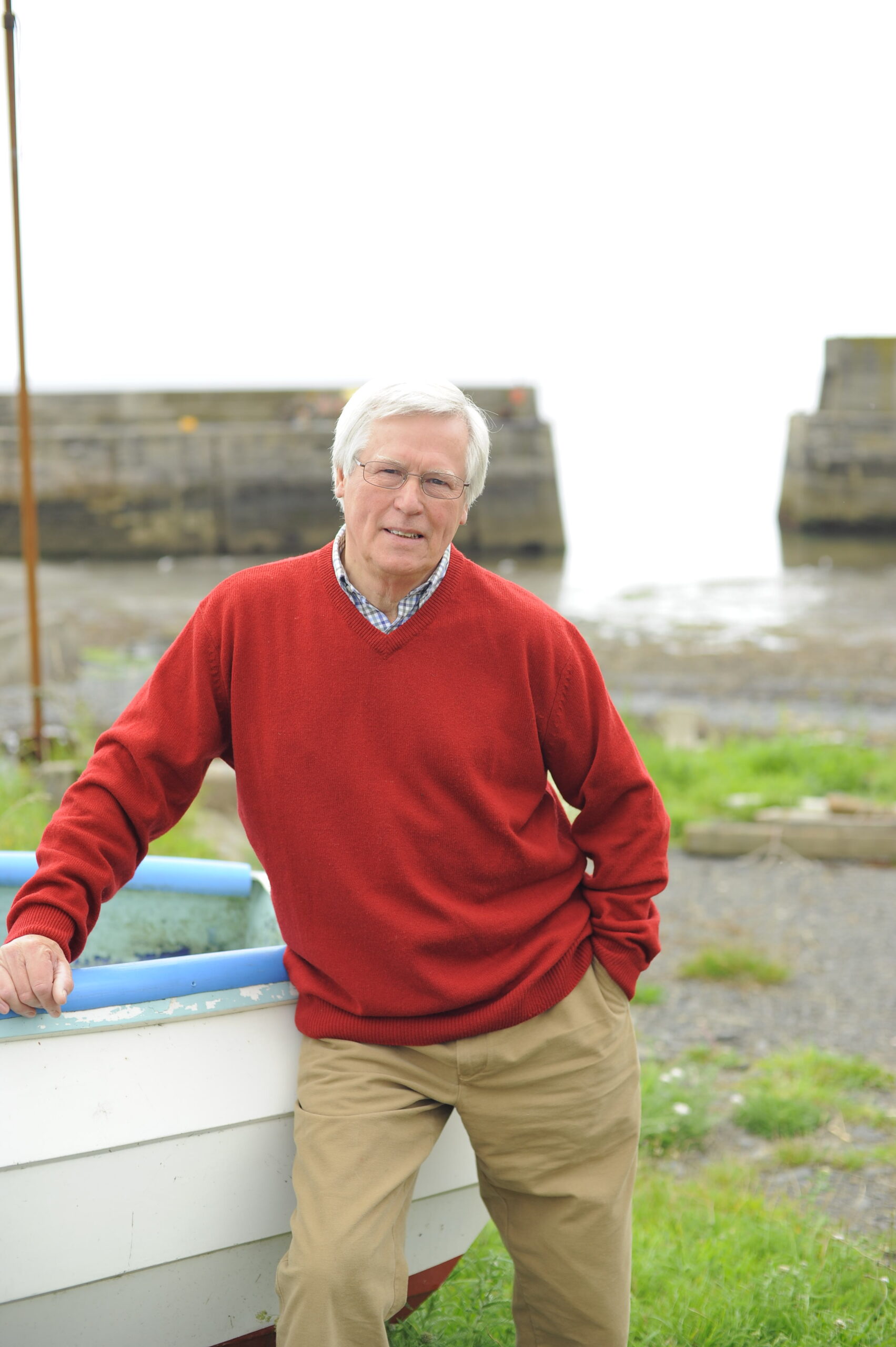Since time began, a vast stretch of wilderness in this country has gone unprotected. Most of us have never seen it as it lies beneath the waves. When the nation busily began setting up conservation areas and national parks, it was overlooked. Perhaps a case of out of sight, out of mind?
But things are changing. The announcement of 23 new Marine Conservation Zones (MCZs), on top of the 27 designated in 2013, means that 20% of English waters will be covered – nearly 21,000km² (8,000 square miles) – with more to come in two years’ time.
Wales, Scotland and Northern Ireland also have MCZs; the aim is to set up a “blue belt” around the coast where all living things, from native oysters to seahorses, coral reefs to fish stocks, will be safe. “It’s vital we protect our marine environment to ensure our seas remain healthy, our fishing industry remains prosperous and future generations can enjoy our beautiful beaches, coastline and waters,” says marine environment minister George Eustace.
No one can disagree with that but the big question is: just how strong will the protection be?
Save Our Seas:
A leading expert on the marine world, Professor Callum Roberts of York University, welcomes the new zones but claims they will be ‘paper parks’ unless tougher action is taken and commercial fishing strictly controlled, even banned. “What we have is a miss-selling scandal,” he said. “We’re being told things are going to change but they won’t until these MCZs are truly protected from exploitation and at the moment there are no signs of that happening. Instead of restoring our sea beds to the way they were before fishing created such devastation, the pathetic target is to maintain them in their present condition – in other words, to carry on as usual with no attempt to bring back species.
“Many of these zones are now underwater deserts because everything that grew and lived there has been destroyed by trawler and dredger nets. But I’ve been on dives to places where the right measures have been taken and seen life returning. It doesn’t take long before almost every scrap of seabed is covered by something, with fish all around. That should be the target.”
First Steps:
But Joan Edwards, head of Living Seas at the Wildlife Trusts, is more optimistic. She tells me: “We are now on a journey towards getting that protection. The most damaging fishing, such as bottom trawling and scallop dredging, will be phased out straight away in MCZs and impact assessments carried out on other types of fishing to ensure it is sustainable.
“Licences will be needed and could be refused for things such as wind farms, cable laying and aggregate extraction. None of this would have happened without the creation of MCZs and each one must have its distinctive needs safeguarded. This is the start of turning our over-fished and currently under-protected waters into a healthy and sustainable environment.”
At least 19 new byelaws are in place to protect the first tranche of MCZs, says Defra, and should be subject to “appropriate management measures for fisheries” by the end of this year. It added: “All management plans for MCZs are put in place within two years of designation and only activities that damage protected features can be restricted.”
For the sake of our seas, we must make this vital new conservation charter really work.
